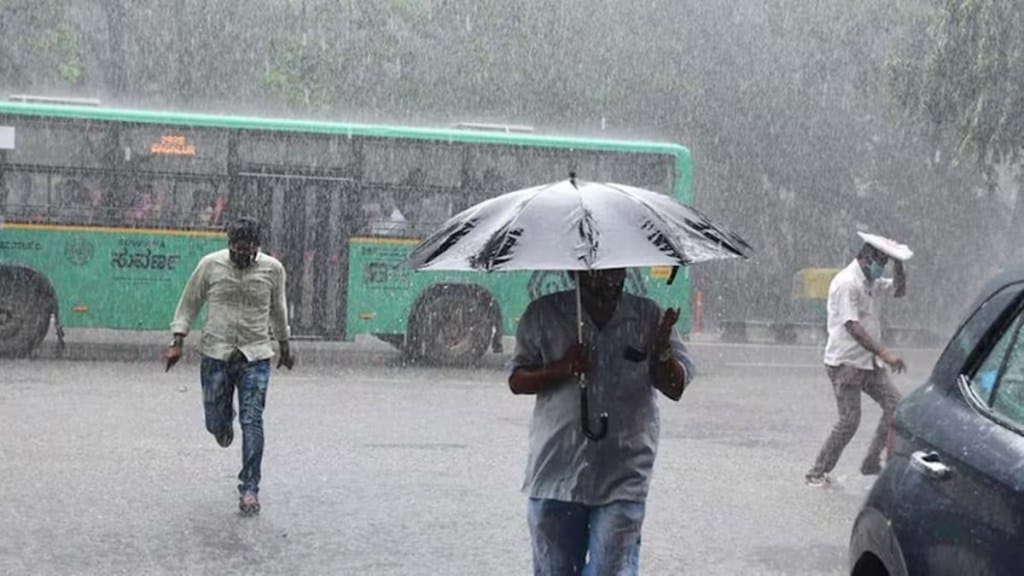Bengaluru was battered by over 100 mm rainfall and gusty winds on Sunday (June 2) evening. The heavy showers wreaked havoc and brought the silicon city to a standstill.
Bengaluru shattered a 133-year-old record for the highest single-day rainfall in June. According to Karnataka Weather, the city received 140.7mm of rain over the past two days, surpassing the average of 110.3mm for the month.
Uprooted trees and waterlogging blocked the roads, resulting in massive traffic jams.
The Indian Meteorological Département (IMD) issued an orange alert on Sunday night, warning of gusty winds in Bengaluru.
Meanwhile, in a rare occurrence, a tree branch fell on the Bengaluru metro viaduct track between Trinity and MG Road stations, disrupting metro train services and affecting hundreds of commuters.
In an announcement, Bengaluru’s Namma Metro said, “Due to a tree branch falling on the metro tracks just after Trinity Station towards MG road. Trains are operating only between Indiranagar to Whitefield and MG road to Challaghatta from 7.26 PM. Efforts are on to clear the branch and resume normal operations.”
Also Read: Assam flood death toll rises to 15, over 6 lakh affected by heavy rains in 11 districts
However, the metro operations were restored later, “Dear All. Today normalcy of service on the entire Purple Line has been restored and trains are running as per schedule from Challaghatta to Whitefield.”
The heavy spell caused congestion on roads for a few hours.
In an X post, join commissioner of traffic MN Anuchet said, “Due to heavy rains, we have had waterlogging at 58 locations and tree fall at 39 locations on important arterial roads of Bengaluru. Congestion is high. Civic Agencies are working to clear the roads.”
The Indian Meteorological Department (IMD) has issued a yellow alert for the city, predicting a cloudy sky with frequent spells of rain or thundershowers until June 5.
The early arrival of the monsoon in Karnataka, just three days after advancing to Kerala, is a welcome change from last year’s delay, which left more than 220 of the state’s 236 taluks drought-hit.


